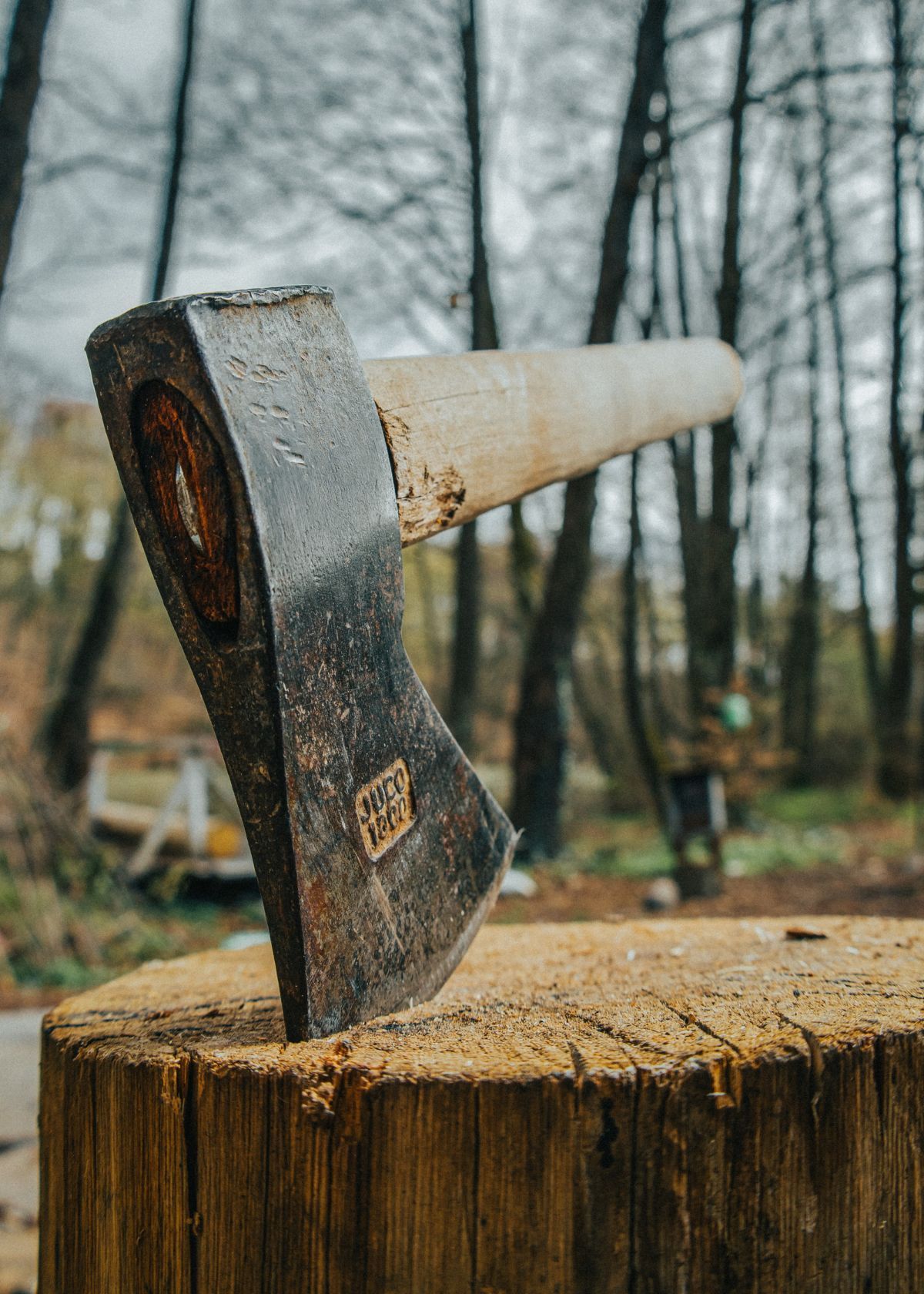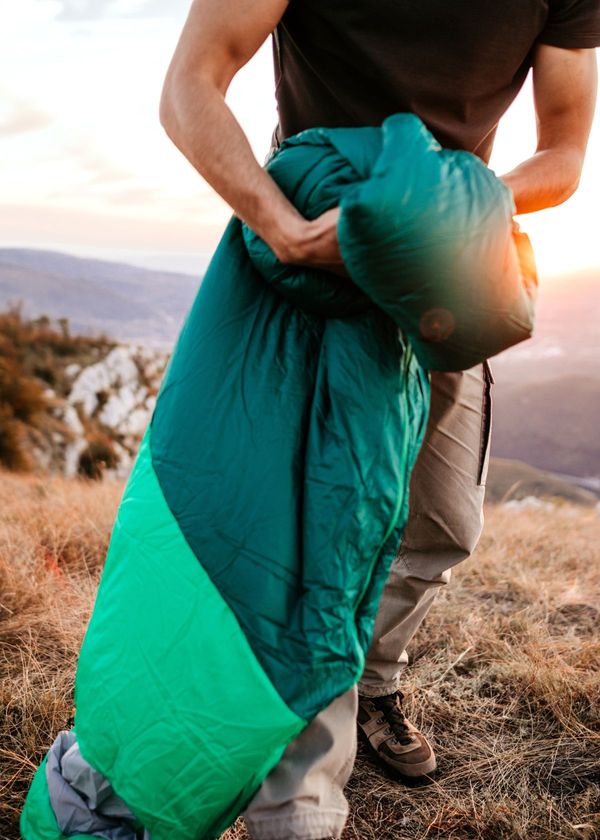Have you ever found yourself lost in the wilderness without any means to start a fire or build a shelter? Or maybe you're an avid outdoorsman looking to add some old-school survival skills to your arsenal. Either way, a hatchet can be your best friend in these situations.
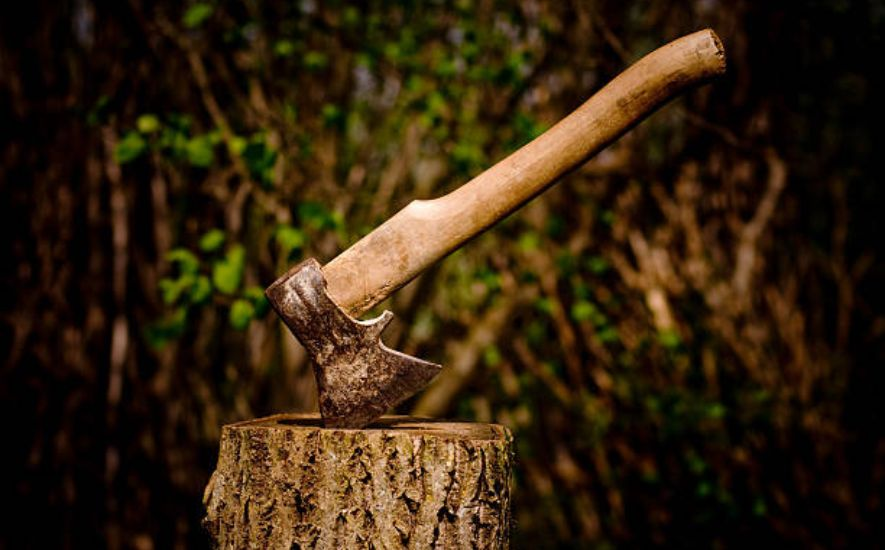
A hatchet is a small, versatile tool that can be used for a variety of tasks, from chopping wood to clearing brush. However, if you've never used one before, it can be intimidating. You can easily buy it from any local hardware store. But how do you hold it? What's the proper technique for chopping? And, perhaps most importantly, how do you stay safe while using it?
In this guide, we'll take you through the basics of how to use a hatchet. We'll cover everything from selecting the right hatchet for your needs to safety tips and proper technique.
By the end, you'll be confident in using this powerful tool to your advantage, whether you're spending a weekend camping in the woods or facing a survival situation. So grab your hatchet, and let's get started!
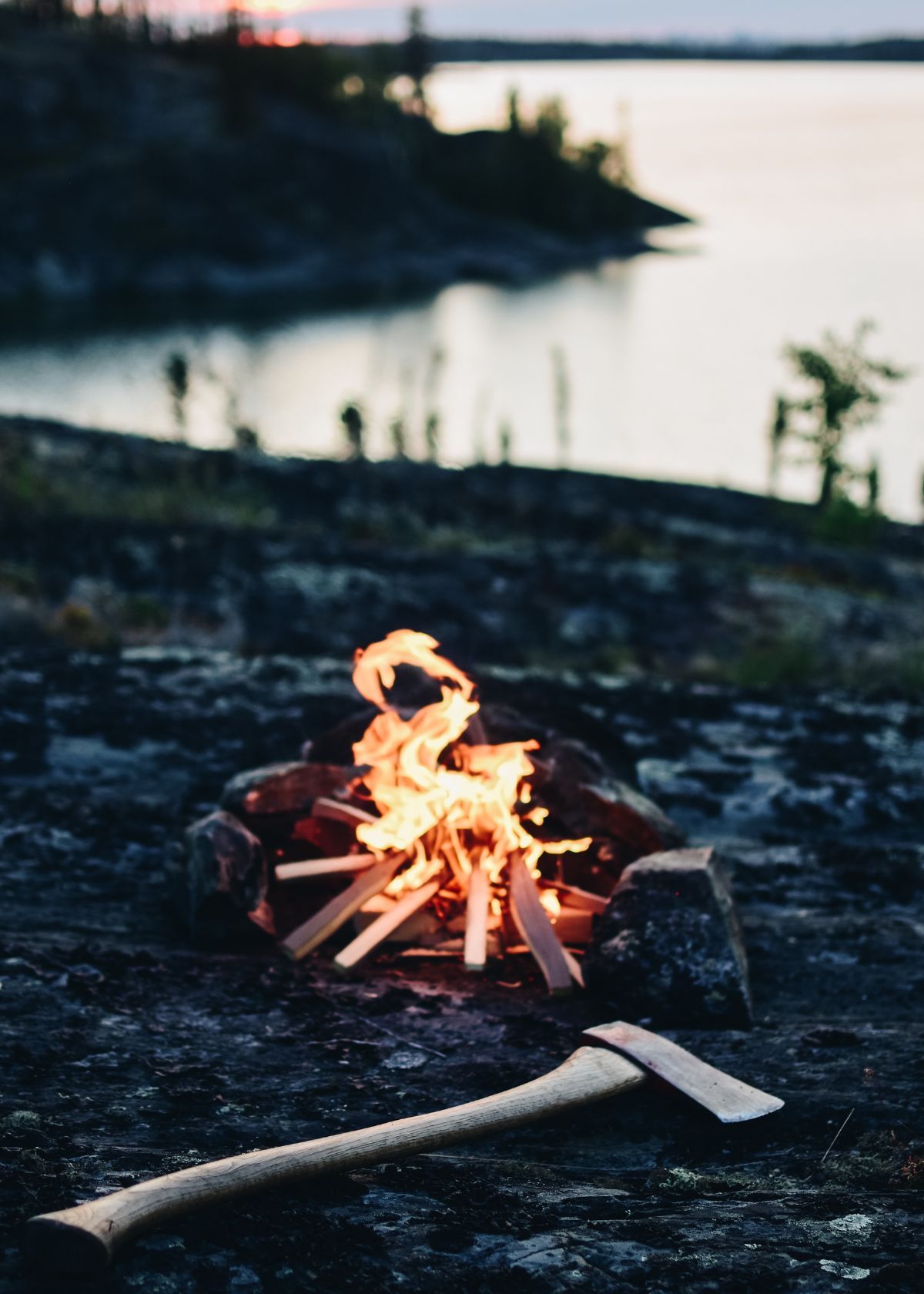
Safety Precautions: Avoiding Accidents and Injuries
As human beings, we all want to live a long and healthy life, free from harm and danger. However, accidents and injuries can happen to anyone, anywhere, and at any time. Therefore, it is essential to take safety precautions seriously and implement them in our daily lives to avoid accidents and injuries.

Importance of Safety Precautions
Safety precautions are critical to protecting our lives and well-being. They help us avoid accidents and injuries that could result in disabilities, loss of income, or even death. Implementing safety precautions also benefits our families and communities, as accidents can cause emotional and financial strain on those affected.
Moreover, adhering to safety precautions is not only a personal responsibility but also a social responsibility, as it helps to prevent accidents and injuries from happening to others.
Types of Accidents and Injuries
Accidents and injuries can occur in various settings, such as the workplace, at home, or during recreational activities. Common types of accidents include slips, trips, falls, burns, cuts, and vehicular accidents.
Injuries resulting from these accidents can range from minor cuts and bruises to severe injuries, such as broken bones, head injuries, and spinal cord injuries. Additionally, accidents can cause emotional trauma and long-term effects on mental health.
Measures to Avoid Accidents and Injuries
There are several measures we can take to avoid accidents and injuries. Firstly, following safety protocols and procedures is essential, especially in the workplace. These protocols include wearing personal protective equipment, adhering to safety guidelines, and reporting potential hazards.
At home, we can take precautions such as installing smoke detectors, keeping floors clean and dry, and keeping sharp objects out of reach of children.

Choosing the Right Hatchet: Factors to Consider
Having the right tools can make all the difference when it comes to outdoor activities such as camping, hiking, or survival situations. A hatchet is one of the most versatile and essential tools to have in your arsenal.
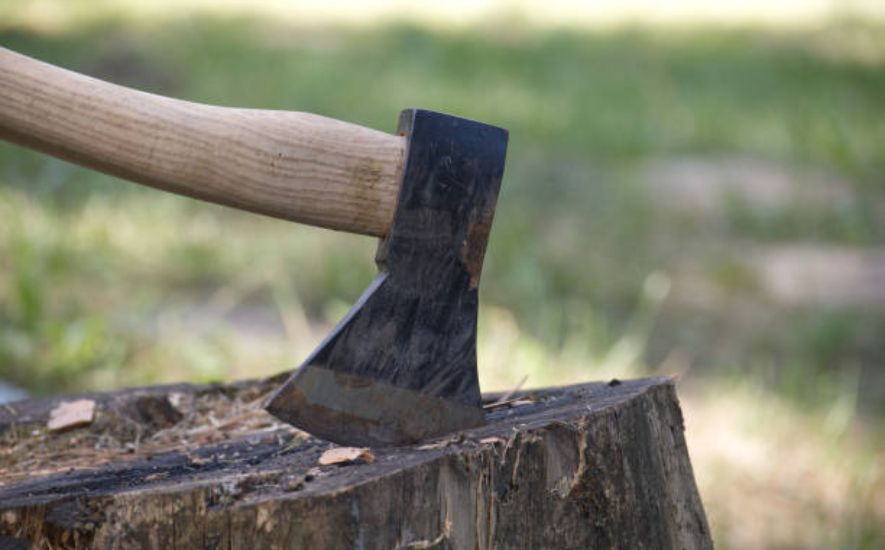
Hatchets are compact and easy to carry, making them convenient for various tasks. However, not all hatchets are created equal, and choosing the right one can be a daunting task.
Purpose
The first factor to consider when choosing a hatchet is its intended purpose. Hatchets can be used for various tasks, including chopping firewood, clearing brush, splitting maul, and carving. Each of these tasks requires a different type of hatchet.
For example, a hatchet with a thin blade is ideal for carving, while a hatchet with a thicker blade is better suited for chopping. Therefore, before purchasing a hatchet, it is important to consider what tasks you will be using it for and choose one that is designed for that purpose.
Size and Weight
The size and weight of a hatchet are also important factors to consider. Hatchets come in various sizes, ranging from small hand-held hatchets to larger two-handed models. The size you choose will depend on your preference and the tasks you will use the hatchet for.
A smaller hatchet is more portable and easier to maneuver, while a larger hatchet can generate more force and is better suited for heavy-duty tasks. Additionally, the weight of the hatchet should also be considered, as a heavier hatchet can be more difficult to handle and may cause fatigue over time.
Material and Quality
Finally, the material and quality of the hatchet should also be considered. Hatchets are typically made from either steel or carbon, each with its own advantages and disadvantages. Steel hatchets are more durable and can hold a sharper edge for longer periods, while carbon hatchets are lighter and easier to handle.
Additionally, the quality of the hatchet should also be considered, as a high-quality hatchet will last longer and perform better than a cheaper, lower-quality hatchet.

Sharpening and Maintaining Your Hatchet: Keeping it in Good Condition
A hatchet is a versatile tool that has been used for centuries by people in various walks of life. From chopping wood to preparing food, a hatchet is a reliable tool that can make your life easier. However, like any other tool, the hatchet requires proper maintenance to perform at its best.

Sharpening Your Hatchet
The first step in maintaining your hatchet is to ensure that it is sharp. A dull hatchet can be frustrating to use and can even be dangerous. You will need a sharpening stone or a file to sharpen your hatchet.
If available, start by securing the hatchet blade in a vice, and then run the stone or file along the cutting edge. Be sure to maintain a consistent angle as you sharpen the blade, usually around 25-30 degrees. Work on one side of the blade until you have created a burr or sharp edge along the other side.
Maintaining Your Hatchet
In addition to sharpening the blade, keeping your hatchet clean and dry is crucial. After each use, wipe the blade with a dry cloth and oil it to prevent rust. Avoid storing your hatchet in damp places or leaving it exposed to the elements outside.
Using Your Hatchet Safely
Finally, using your hatchet safely is critical to avoid injury. Always wear appropriate protective gear, such as gloves and eye protection, and use the hatchet in a controlled manner. Avoid overexerting yourself, which can cause fatigue and reduce your control over the hatchet.
Also, be aware of your surroundings and avoid using the hatchet near other people or objects. Always swing the hatchet precisely, using the right amount of force and angle to ensure a clean cut.
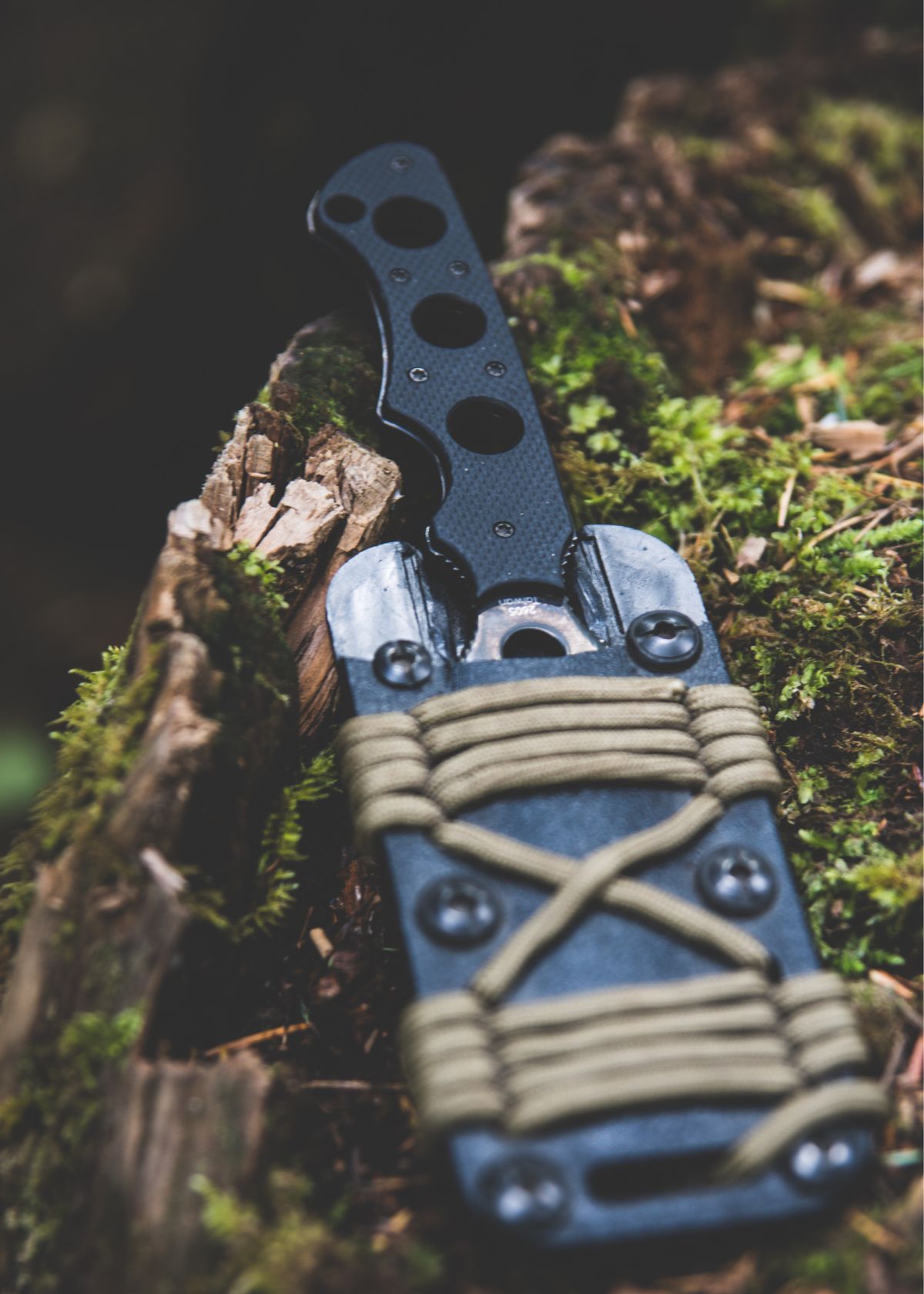
Basic Hatchet Techniques: Chopping, Splitting, and More
In today's world, survival skills are often overlooked in favor of more modern conveniences. However, some still choose to live off the land and rely on traditional methods for their everyday needs.

For these individuals, the hatchet is a valuable snow and ice tool that can be used for a variety of tasks. From chopping firewood to building shelter, a hatchet is essential to any survival kit.
Chopping
Chopping is one of the most basic hatchet techniques and involves using the tool to cut through wood. To chop effectively, the user should stand with their feet shoulder-width apart and the hatchet held firmly in both hands.
The blade should be positioned at a slight angle to the wood, with the user's dominant hand gripping the handle near the base and the other hand placed just below the axe head.
Splitting
Splitting is another common hatchet technique and is used to break down larger pieces of wood into smaller, more manageable sections. To split wood effectively, the user should position the wood on a solid surface, such as chopping both the log and block.
The hatchet should be held with both hands, with the dominant hand gripping the handle and the other hand placed on the top of the head.
Other Techniques
In addition to chopping and splitting, several other techniques can be used with a hatchet. These include hewing, carving, and shaping. Hewing involves using the hatchet to create a flat surface on a piece of wood while carving creates intricate designs or shapes.
Shaping involves using the hatchet to shape a piece of wood into a specific form or size, such as a wooden handle for another tool. These techniques require more precision and practice than chopping or splitting but can be just as valuable in survival.
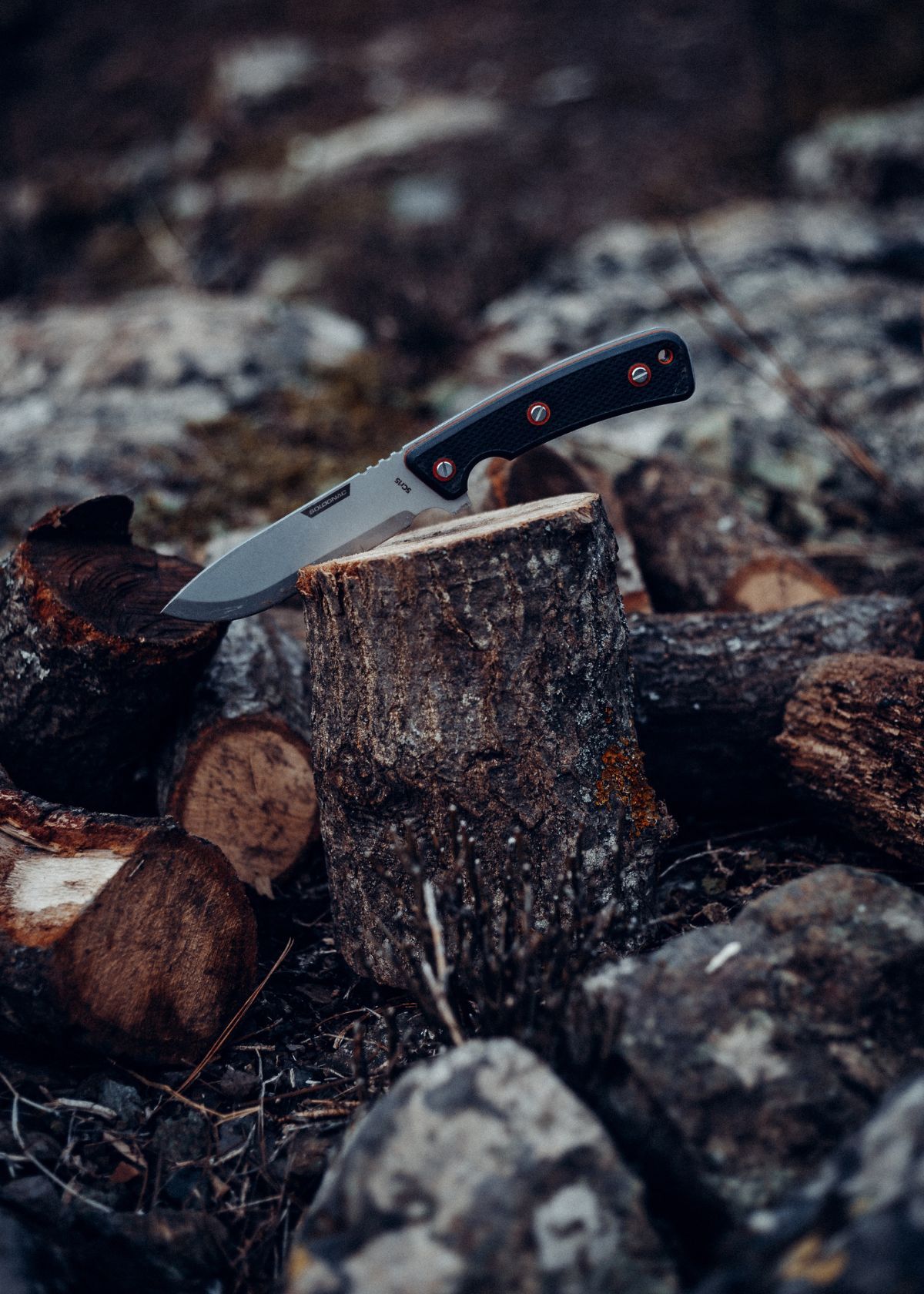
Hatchet Maintenance and Repair: Fixing Common Issues
In today's world, it's easy to forget the importance of being self-sufficient and self-reliant. However, the simple act of maintaining and repairing your tools can be a powerful reminder of our ability to take care of ourselves. One such tool essential for outdoor enthusiasts and survivalists is the hatchet.
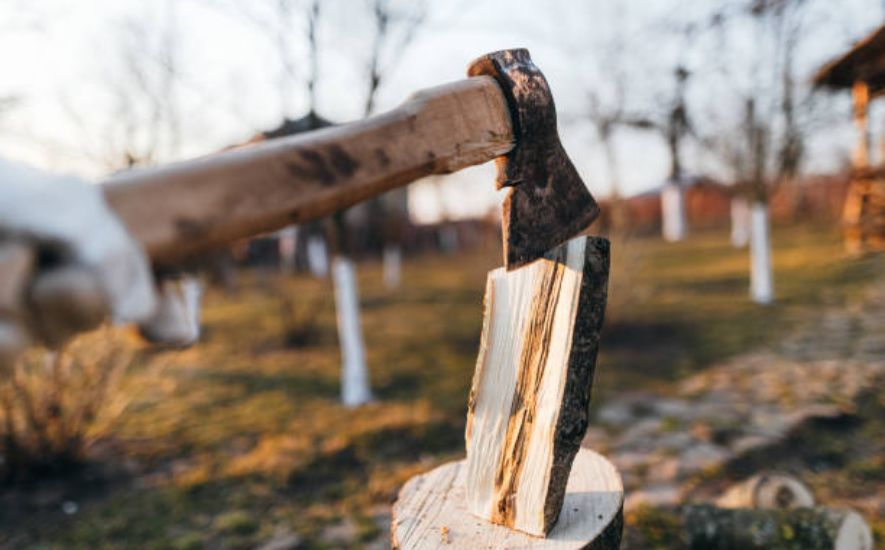
Whether clearing a path through dense brush or splitting firewood, a hatchet is a versatile and valuable tool. However, like any tool, a hatchet requires regular maintenance and occasional repairs to stay in top condition.
Dull Blade
One of the most common issues that hatchet owners face is a dull blade. A dull knife can make it difficult to make precise cuts and can also be dangerous. You'll need a sharpening stone, lubricating oil, and a file or honing stone to sharpen a hatchet blade.
First, apply a small amount of lubricating oil to the stone. Then, place the hatchet blade on the stone at the proper angle (usually around 20 degrees). Move the blade back and forth along the stone, applying gentle pressure. Repeat this process on the other side of the blade until it is sharp.
Loose Handle
Another common issue with hatchets is a loose handle. A loose handle can cause the hatchet to become dangerous and difficult to use. You'll need a hammer, nails, and a wedge to fix a loose handle.
First, remove any nails that are already in the handle. Then, insert the wedge into the slot where the handle meets the head of the hatchet. Use the hammer to tap the wedge gently into place. Once the wedge is secure, insert nails into the holes to keep the handle in place.
Rusty Blade
A rusty blade is not only unsightly but can also cause the hatchet to become dull and difficult to use. To remove rust from a hatchet blade, you'll need steel wool, lubricating oil, and a cloth.
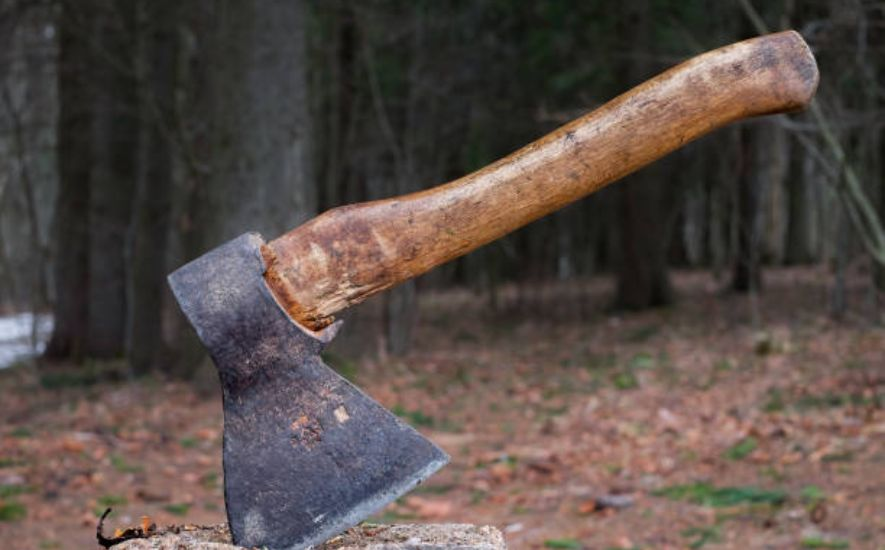
First, apply a small amount of lubricating oil to the rusty areas. Then, apply gentle pressure and use the steel wool to scrub away the rust. Once the rust is removed, wipe the blade clean with a clot.

Frequently Asked Questions (FAQs)
In this guide, we'll cover frequently asked questions about how to use a hatchet, including how to hold and swing it, sharpen the blade, and maintain it for optimal performance.
How do you cut wood with a hatchet?
Cutting wood with a hatchet can be useful for outdoor activities, such as camping or building a fire. Here are the basic steps to follow:
- Choose the right hatchet: A hatchet is a small, lightweight axe with a short handle. Ensure your hatchet is sharp and in good condition before cutting.
- Choose the right wood: Select a log or branch that is smaller in diameter than the length of the hatchet blade. This will make it easier to chop wood and reduce the risk of injury.
- Prepare your work area: Find a stable, level surface to work on, such as a tree stump or chopping block. Make sure no debris or objects nearby could interfere with your swing.
- Stand correctly: Stand with your feet shoulder-width apart and your non-dominant foot slightly in front of the other. This will provide a stable base for your swing.
- Grip the hatchet: Hold it with both hands, with your dominant hand at the end of the handle and your non-dominant hand above it. Make sure your grip is firm but not too tight.
What is the main use of a hatchet?
A hatchet is a small hand axe primarily used for chopping wood, particularly for tasks that require greater precision and control than can be achieved with a larger, heavier axe.
Hatchets can be used for a variety of purposes, including chopping, kindling for a fire, trimming branches, cutting small trees or shrubs, and even for hatchet split wood.
They are also commonly used for camping and outdoor activities, as they are compact and easy to carry, making them useful tools for a variety of tasks.
How do you hold a hatchet?
To hold a sharp hatchet properly, follow these steps:
- Start with a comfortable grip: Place your dominant hand on the hatchet handle, with your fingers wrapped around the handle and your thumb on top.
- Adjust your grip: Adjust your grip until you find a comfortable position that allows you to control the hatchet easily.
- Use a two-handed grip: For more control and power, use a two-handed grip by placing your non-dominant hand at the base of the handle next to your dominant hand.
- Keep your grip firm but not too tight: Hold the hatchet with a firm grip, but don't squeeze too tightly, as this can cause fatigue and make it harder to control the hatchet.
- Always keep safety in mind: Remember to always keep the hatchet blade pointed away from you and others, and use caution when swinging or using the hatchet.
Are axe and hatchet the same thing?
Axe and hatchet are similar tools, but they are not exactly the same thing. Both are handheld cutting tools with a sharp blade and a handle, often used for chopping wood or other materials. However, there are some key differences between the two:
- Size: Hatchets are smaller than splitting axes. Typically, a hatchet has a blade less than 3 inches wide, while an axe has a blade wider than 3 inches.
- Weight: Hatchets are also lighter than axes. They are designed to be used with one hand, while axes are usually used with two hands.
- Purpose: Because of their size and weight, hatchets are often used for lighter chopping tasks, such as cutting kindling or small branches. Conversely, Axes are better suited for heavier chopping tasks like felling trees or splitting wood.
Conclusion
In conclusion, mastering the hatchet is an invaluable skill that can come in handy in various situations, from camping trips to home renovations. By following the proper safety guidelines and techniques, you can get the most out of your hatchet without harming yourself or others.
So go ahead, grab your hatchet, and let the chopping begin! With a bit of practice and patience, you'll be a hatchet-wielding pro in no time. Remember to respect the tool, use it responsibly, and always keep safety as your top priority. Happy chopping!



